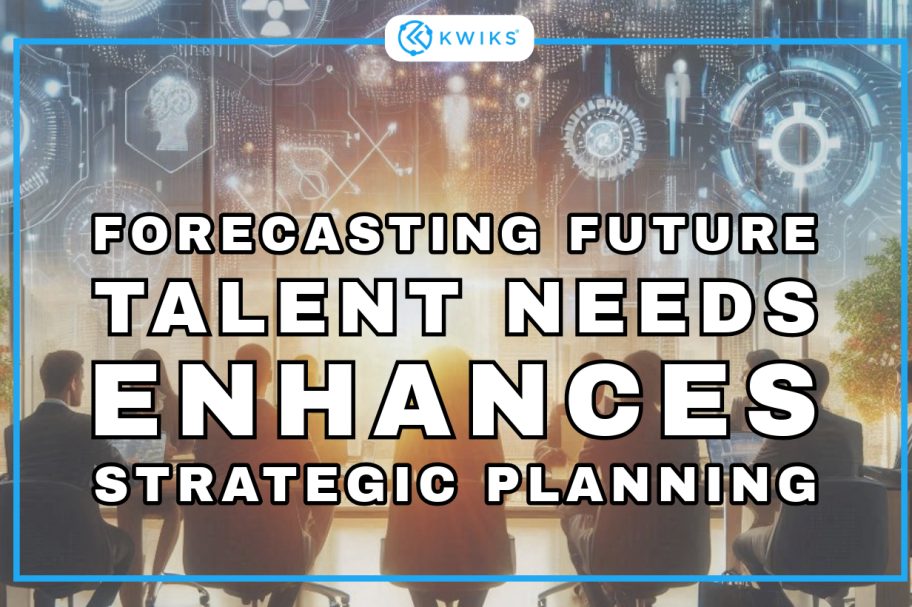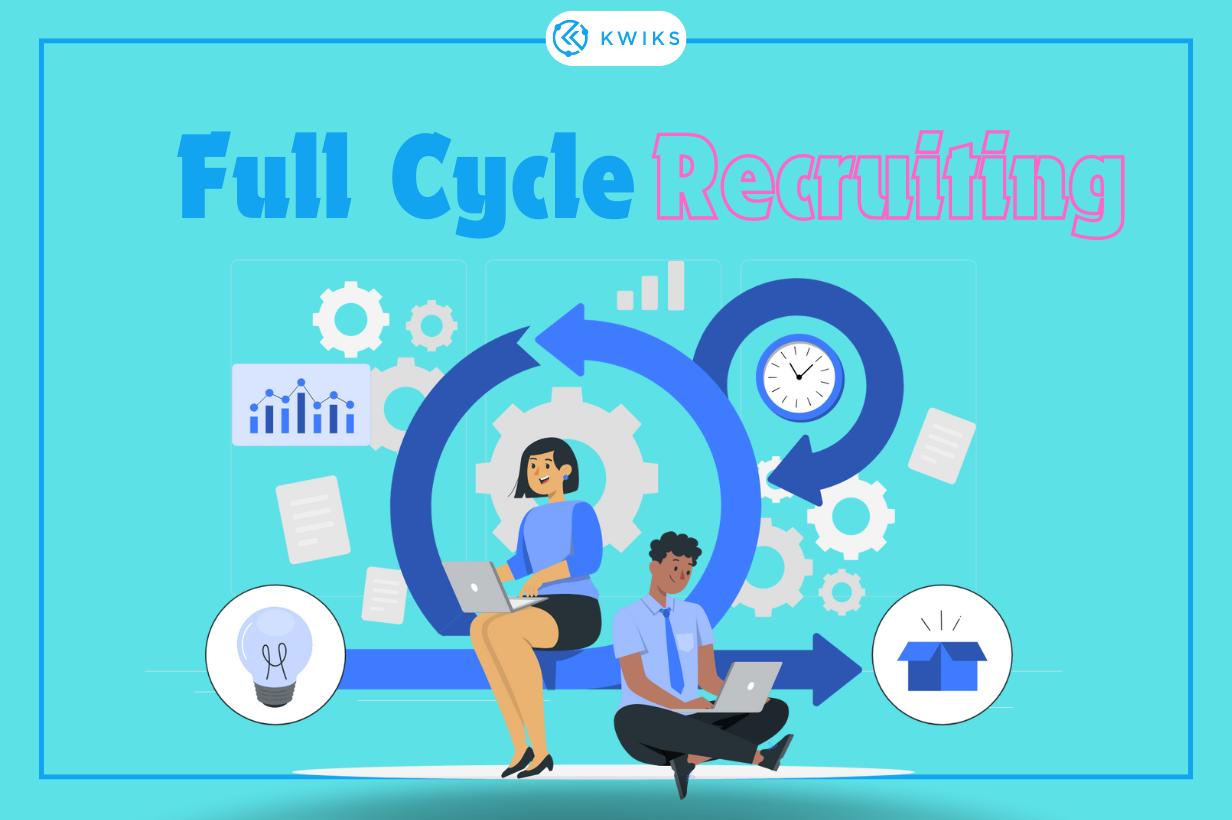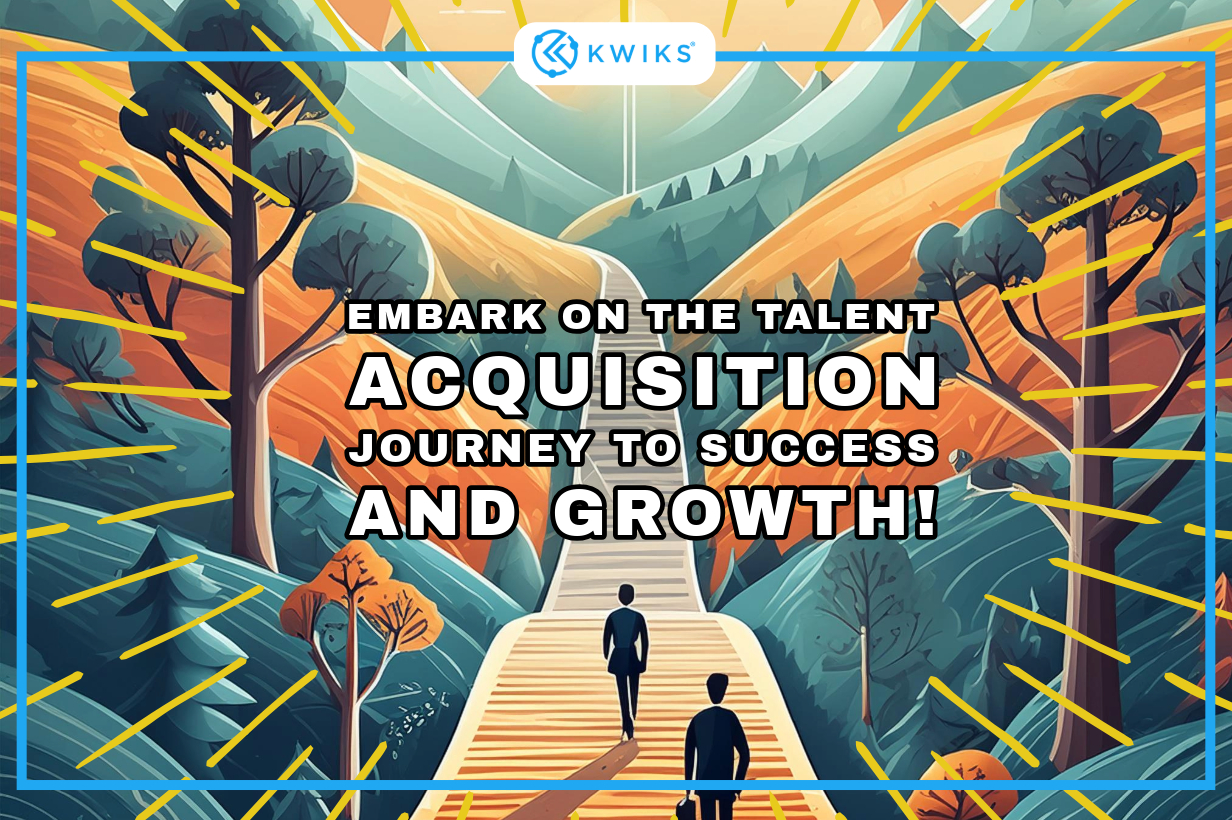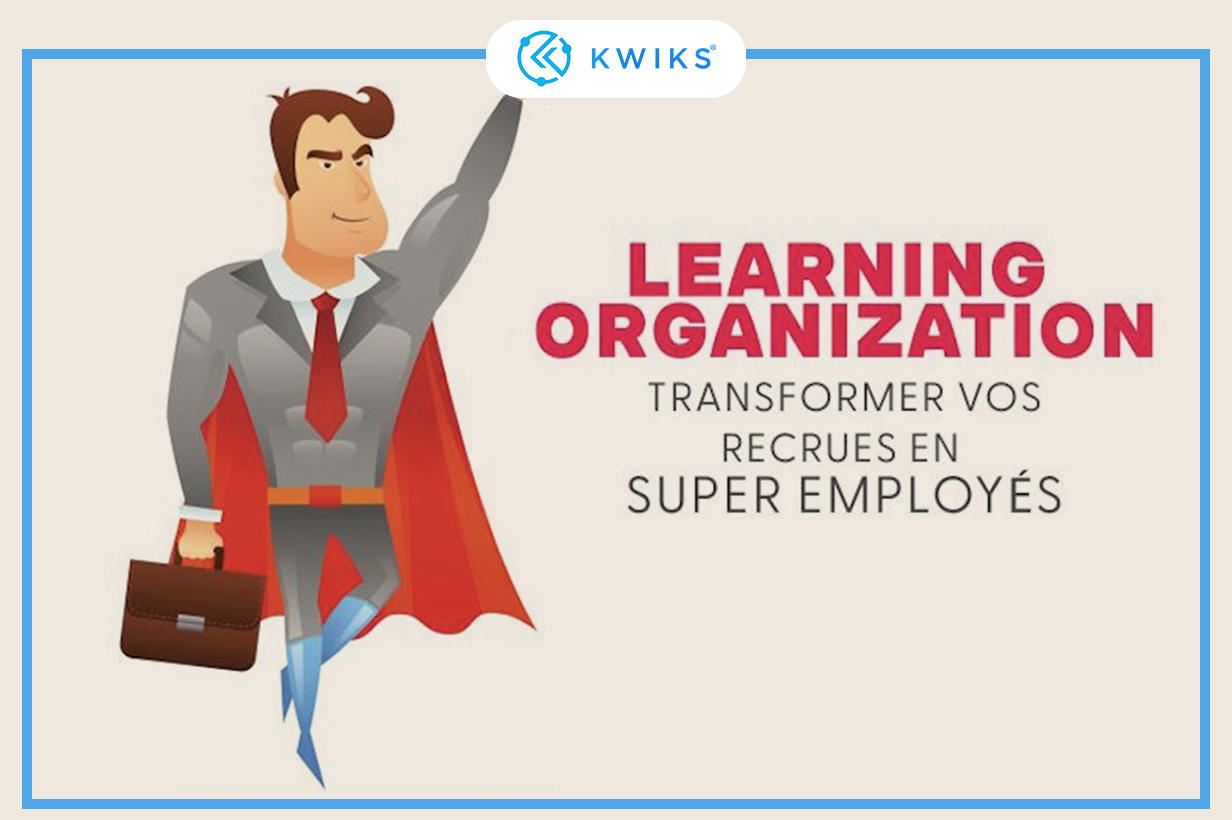
Forecasting Future Talent Needs Enhances Strategic Planning.
- kwiks
- June 26, 2024
Imagine a chess game where you can predict your opponent’s every move, how unstoppable would you be? In the business world, forecasting future talent needs gives you that same strategic advantage. Companies that master this skill are not only prepared for tomorrow’s challenges but also primed to seize new opportunities as they arise.
This article dives into the significance of forecasting future talent needs, the innovative methods to achieve it, and the transformative benefits it brings to strategic planning.
The Importance of Forecasting Future Talent Needs
Aligning Talent with Business Goals: Effective strategic planning is akin to mapping out a journey towards long-term business success. To reach these destinations, companies need the right people with the right skills at the right time. Forecasting future talent needs ensures your workforce is prepared to meet future challenges head-on.
Addressing Skills Gaps: In today’s rapidly evolving tech landscape, yesterday’s skills can quickly become obsolete while new ones emerge. Forecasting future talent needs helps identify these impending skills gaps, enabling proactive measures through training, recruitment, or upskilling current employees.
Enhancing Agility and Adaptability: In an unpredictable business environment, agility is key. Forecasting talent needs allows companies to anticipate market shifts and workforce changes, fostering a resilient strategy that adapts seamlessly to new conditions.
Methods for Forecasting Talent Needs
Trend Analysis: Analyzing historical data and trends provides valuable insights into future talent requirements. This involves examining past hiring patterns, turnover rates, and industry trends to predict upcoming workforce needs.
Scenario Planning: This method creates various future scenarios based on different assumptions, analyzing how each scenario would impact talent needs. By considering multiple possibilities, companies develop flexible strategies for diverse potential futures.
Workforce Analytics: Utilizing data analytics and predictive modeling offers a precise forecast of future talent needs. By analyzing data on employee performance, demographics, and market conditions, organizations can identify patterns and make informed predictions about future workforce requirements.
Strategic Workforce Planning: This comprehensive approach integrates talent forecasting into overall strategic planning. It involves assessing current workforce capabilities, identifying future needs, and developing strategies to bridge the gap between the two.
Benefits of Forecasting Future Talent Needs
Proactive Talent Management: Anticipating future talent needs allows companies to adopt a proactive approach to talent management. This includes developing talent pipelines, succession planning, and investing in employee development to ensure a steady supply of qualified candidates.
Cost Savings: Effective talent forecasting can lead to significant cost savings. Planning ahead reduces the costs associated with last-minute hiring, training, and onboarding. Additionally, addressing skills gaps early prevents expenses related to turnover and lost productivity.
Improved Employee Engagement and Retention: When employees see their organization committed to strategic planning and investing in their future, it enhances engagement and loyalty. A well-planned approach to talent management leads to higher retention rates and a more motivated workforce.
Competitive Advantage: Organizations that accurately forecast future talent needs and align their workforce with strategic goals gain a competitive edge. They are better prepared to seize opportunities, respond to market changes, and drive innovation.
Forecasting future talent needs is a critical aspect of strategic planning. By aligning talent with business goals, addressing skills gaps, and enhancing organizational agility, companies position themselves for long-term success. Utilizing methods such as trend analysis, scenario planning, workforce analytics, and strategic workforce planning, organizations can proactively manage their talent and gain a competitive edge in the ever-evolving business landscape. Embracing this forward-thinking approach not only enhances strategic planning but also ensures that the right people are in place to drive the organization’s future growth and success.












